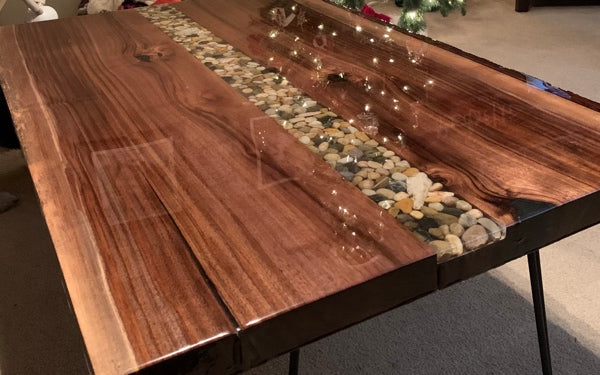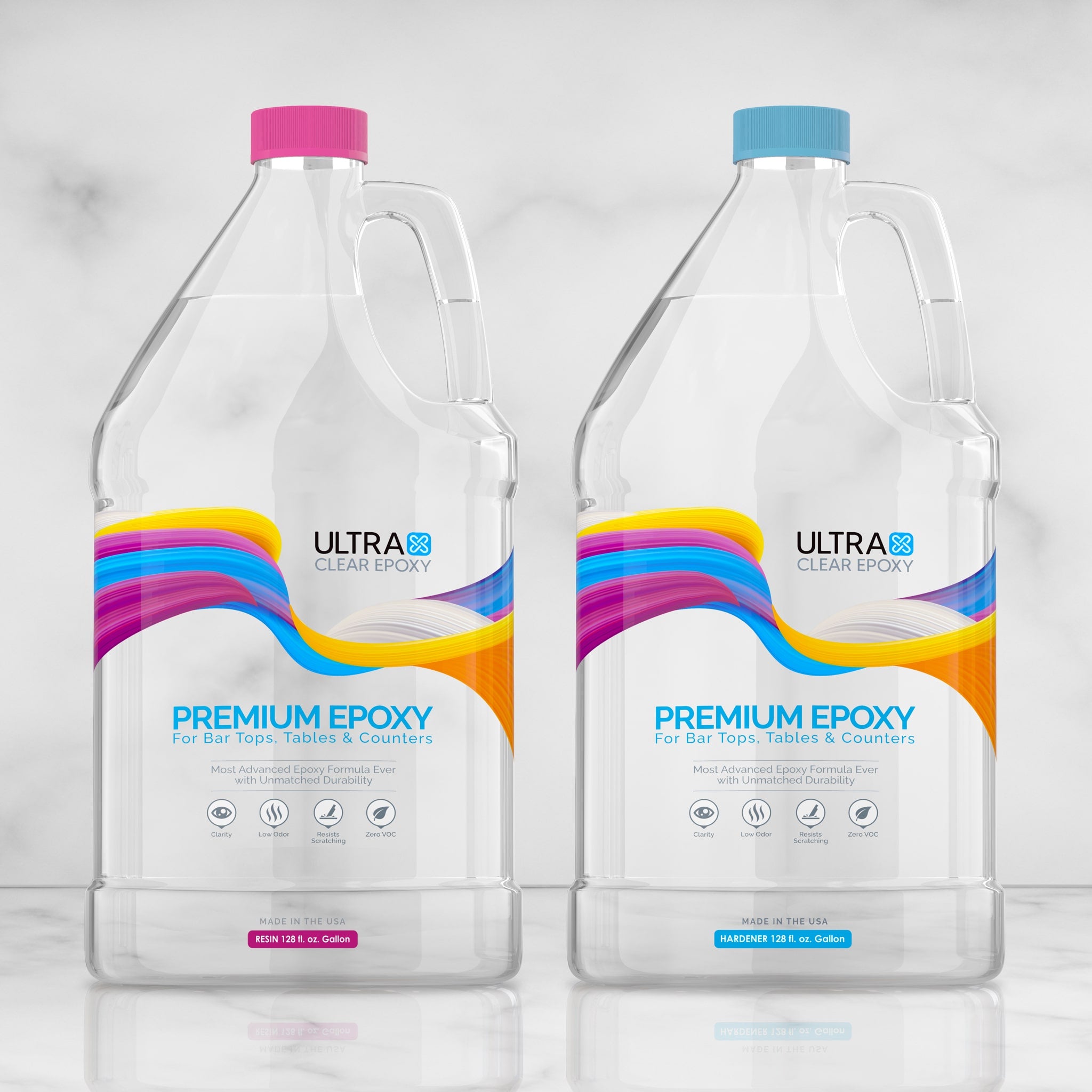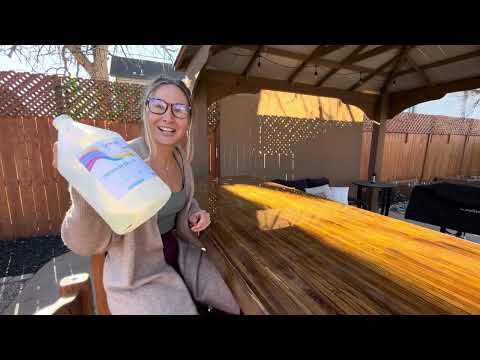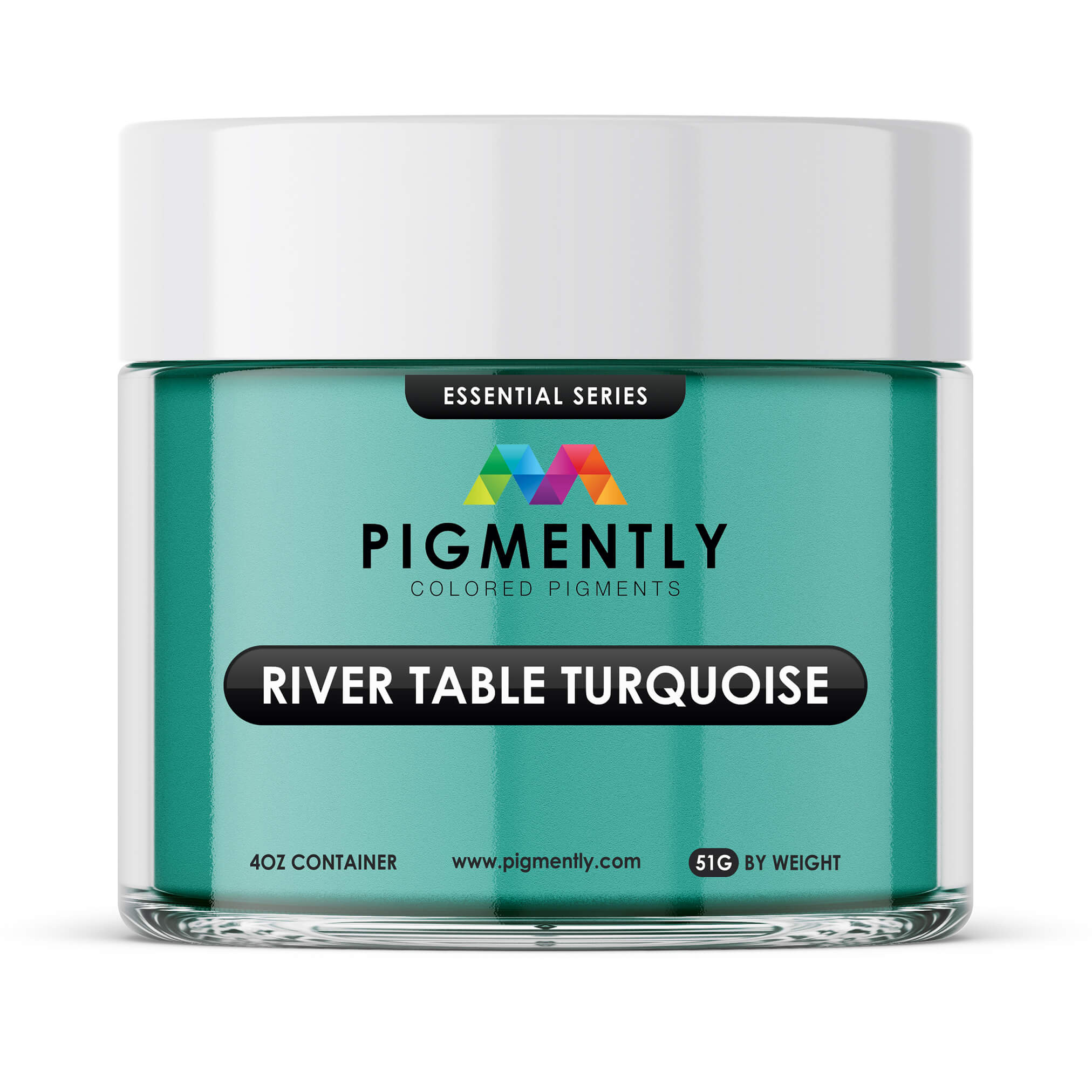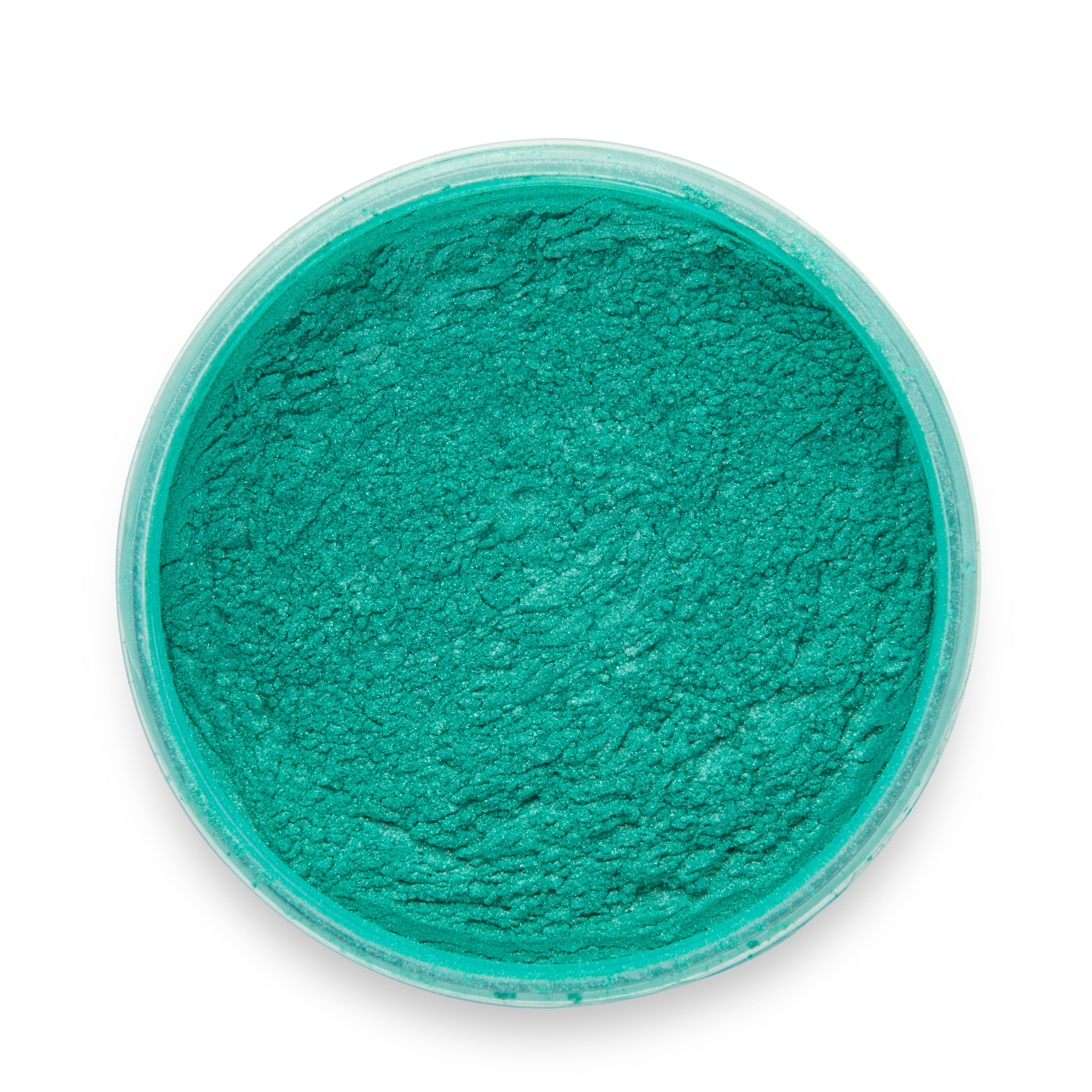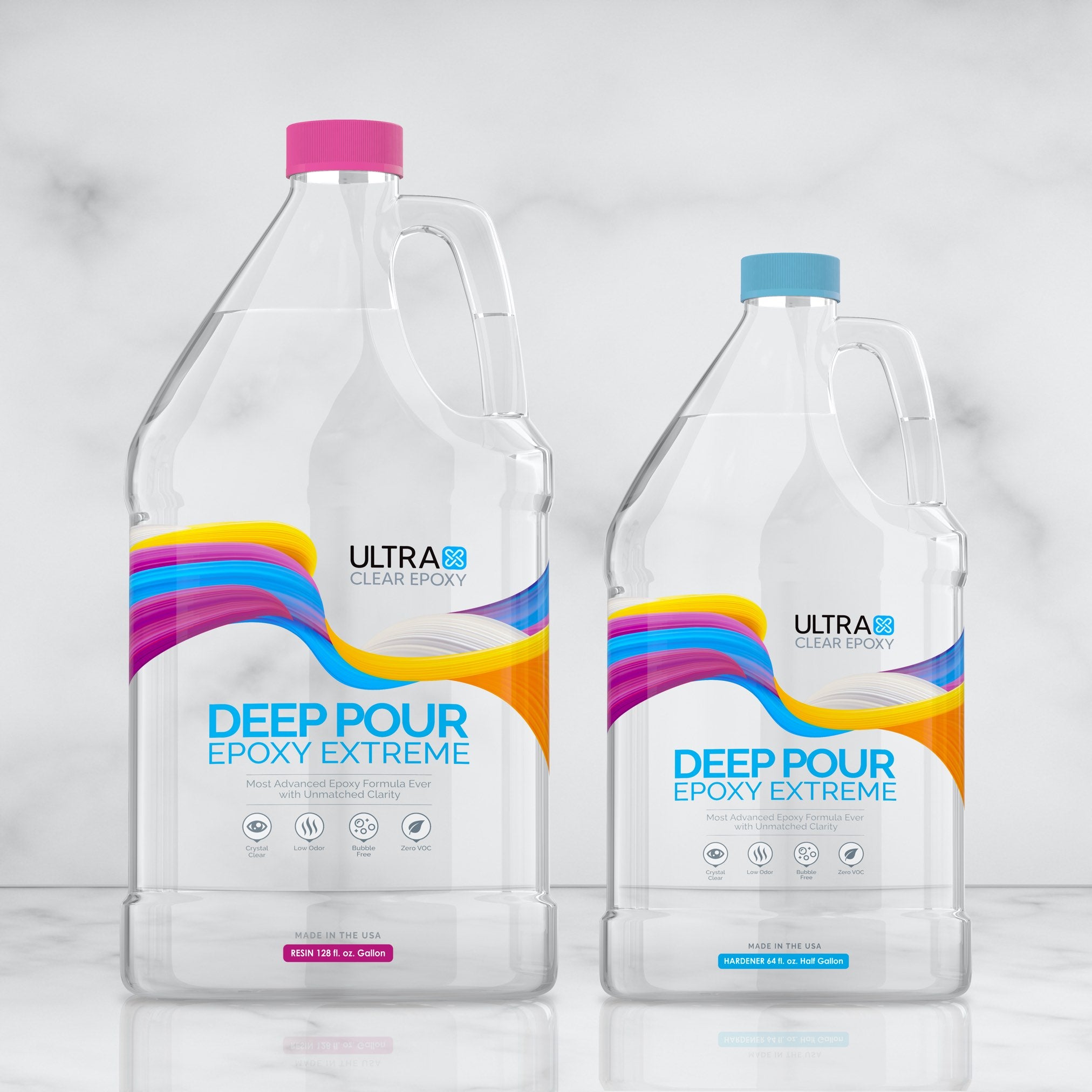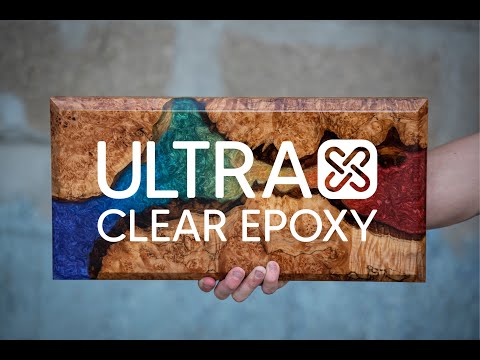Over the years, we've often heard our UltraClear Table Top Epoxy being referred to as "liquid glass".
The obvious reason is in reference to its appearance, which is very similar to clear glass in the way it lets light pass through it with low distortion.
Additionally, because of its initial liquid state, it can conform and flow into many shapes before hardening into a resilient glasslike solid.
Some people might be wondering why and how this works, so for this article, we'll be explaining the causes behind transparency in plastics, including why epoxy resin is clear and what makes many other plastics translucent or opaque.

To start, not all epoxy finishes are clear.
Although our clear epoxy resins are transparent, there's another deciding factor that determines the transparency of the cured epoxy finish: the hardener.
Hardener is combined with resin to activate the curing process that transforms it into a tough solid, and there are different types of hardener meant for different purposes.
For instance, our UltraClear Marine Epoxies come in three different hardener variants, two of where are amber-hued. When mixed with the corresponding resin component, these hardeners tint the finish slightly.
Because these amber hardeners are used for non-aesthetic purposes, you'll often find them applied in projects like the construction of boats and other watercrafts, which are generally painted at the end.
Don't worry, though. For the most part, this isn't something you'd accidentally end up with.
Now, then—hardener aside—what makes epoxy behave and look like liquid glass?
The two traits that determine if something is transparent.
Trait #1: The material's refractive index
A material's refractive index is a measure of how slowly light moves through it compared to in a vacuum such as outer space.
If light passes into a material at an angle, the refractive index comes into play to determine where it will be when it leaves the material, assuming it isn't absorbed before it can. A lower refractive index means light won't be slowed as much.
Like glass, our epoxy resins have a low refractive index.
This can get very complicated, but we'll try to keep it simple.
When a wave of light moves from one material to another (e.g., moving from air into glass), it slows down or speeds up depending on the refractive index of both materials.
If the wave hits a higher index material at a non-perpendicular angle, the part of the light outside of the material will bend toward the part of it that has already entered.
When exiting the material, the opposite tends to occur. The part of the light wave exiting will turn in the direction of the part that is still making its way through, until the wave of light has fully left the material.
For example, if you shine a light through a very thick, flat pane of transparent glass at a steep angle, it will refract. When it finally exits (all happening at a speed humans can't perceive), it will have a new trajectory, and it will be moving from a different point than it would have if the glass hadn't been in its original path.
When you see the light after its path has changed, it won't seem to be coming from its actual origin point. In fact, it's even possible to refract so heavily that the light curves back, heading almost in the direction it came from.
To give an analogy: Imagine a wave of light like a shopping cart at a grocery store. Normally when you push a cart, it moves forward in a straight line. Sometimes one of the wheels meets resistance and begins moving more slowly.
If you push casually, you may find that the cart veers in the direction of the wheel meeting resistance, which may also slow down your speed. If all four wheels then meet the same resistance (perhaps a sticky floor), then you could push it straight without issue as long as you applied enough force.
In that situation, it wouldn't veer.
Refraction is when part of the light wave catches that resistance, and the rest of the wave veers in that direction to compensate until eventually the entire wave is moving at the same speed with the same effort. It's still one singular form, much like the shopping cart, so the entire thing moves together by any means.
Why is a low refractive index important for epoxy?
A low refractive index is valuable because it means that whatever the epoxy is coating—including objects, art, photos, and the substrate itself—will be visible to human eyes with little or no distortion.
It's an ideal characteristic, since epoxy allows you to display something beautiful (like a wooden substrate) while also protecting it (due to epoxy's heavy resilience).

Trait #2: The material's transparency
Many tough polymers are not visibly transparent, but epoxy is one of the few that are.
When visible light passes into and through epoxy, very little of it is absorbed (or reflected) by the material. This is what allows you to see through it and is why we call it "liquid glass".
Why does it not get absorbed?
The full answer to this question easily goes beyond the scope of this article. However, to give a rough idea, you may recall from your school science classes that every physical material is made of atoms.
Atoms have a nucleus and electrons. The electrons are moving about outside the nucleus (center point) of the atom at incredible speeds. They have a set distance (labeled an energy level) that they occupy until something interacts with them in very specific ways to allow them to change distance (to a different energy level).
Light is made of particles called photons. When light attempts to pass through the space between the nucleus and electrons of these atoms, the nearby electrons will have a chance to absorb the photon, taking its energy.
However, it can only take the energy if it is exactly the amount needed to change position from the electron's current energy level to the next greater energy level. Any photon with less or more energy than that exact requirement will be ignored and allowed to pass by.
If most or all visible light that passes by is ultimately ignored because of this strict rule, then the material will appear transparent (which can be represented as a percentage, e.g., 97% 98%, 100%). The light will exit the materials (e.g., glass or epoxy) and can reach your eyes, allowing you to see what was on the other side.
Our epoxy has a low refractive index & high transparency.
We hope you now understand why many people call it "liquid glass" epoxy, even if most don't fully grasp the incredibly complicated physical process at work.
There are many other polymers that don't have these features, making epoxy rather special in what it can be used for.
If you're interested in using epoxy resin and haven't already chosen a brand, we'd love for you to consider UltraClear Epoxy.
Our resins are all premium-grade, safe to use, and 100% made in the USA, so you know you're getting quality epoxy that will last when you buy from us.
Furthermore, with any purchase, UltraClear Epoxy customers will have access to our comprehensive customer support service.
This means that if you have any concerns or problems, you can contact us for assistance. We're not the type of company that only cares about the sale.
UltraClear Epoxy—Trusted by over 1 Million+ Happy Customers
You'll find our award-winning craft resins on the following pages:
- UltraClear Bar & Table Top Epoxy: Our strongest epoxy, designed for high-traffic environments and flat surfaces. It self-levels when poured, making application a breeze, and cures to a strong, crystal-clear finish—perfect for bar tops, table tops, and more.
- UltraClear Deep Pour Epoxy: This is our deep casting resin. It's designed for extra-thick layers of up to 2 inches each, allowing for unique resin designs. It's popularly used for creating the beautiful river vein of an epoxy river table.
- UltraClear Art & Craft Epoxy: This is our art-and-craft epoxy. It's perfect for smaller or more intricate projects that require nuance. It self-levels like the table top epoxy but can be poured in slightly thicker layers and is less viscous, allowing it to more readily fill in complex spaces and designs. Use this for resin jewelry, coasters, trays, and other small items.
Have Questions? Want Advice? We're Here to Help!
If you have any questions about epoxy resin, or if you'd like assistance in planning an epoxy project, please reach out to us at UltraClear Epoxy—our epoxy experts are ready to assist!
You can contact us via phone or email here. During business hours, you can also text chat online with one of our resin specialists by clicking the Help button at the bottom of your screen.
In our online store, you'll find a variety of useful tools and supplies, ideal for resin projects, plus our award-winning UltraClear Bar & Table Top Epoxy and our UltraClear Deep Pour Epoxy.
UltraClear Epoxy—Trusted by over 1 Million+ Happy Customers

